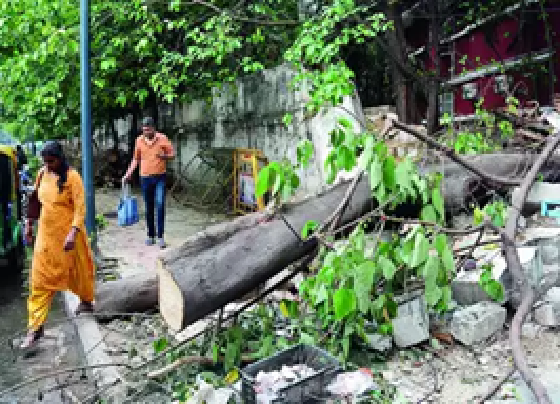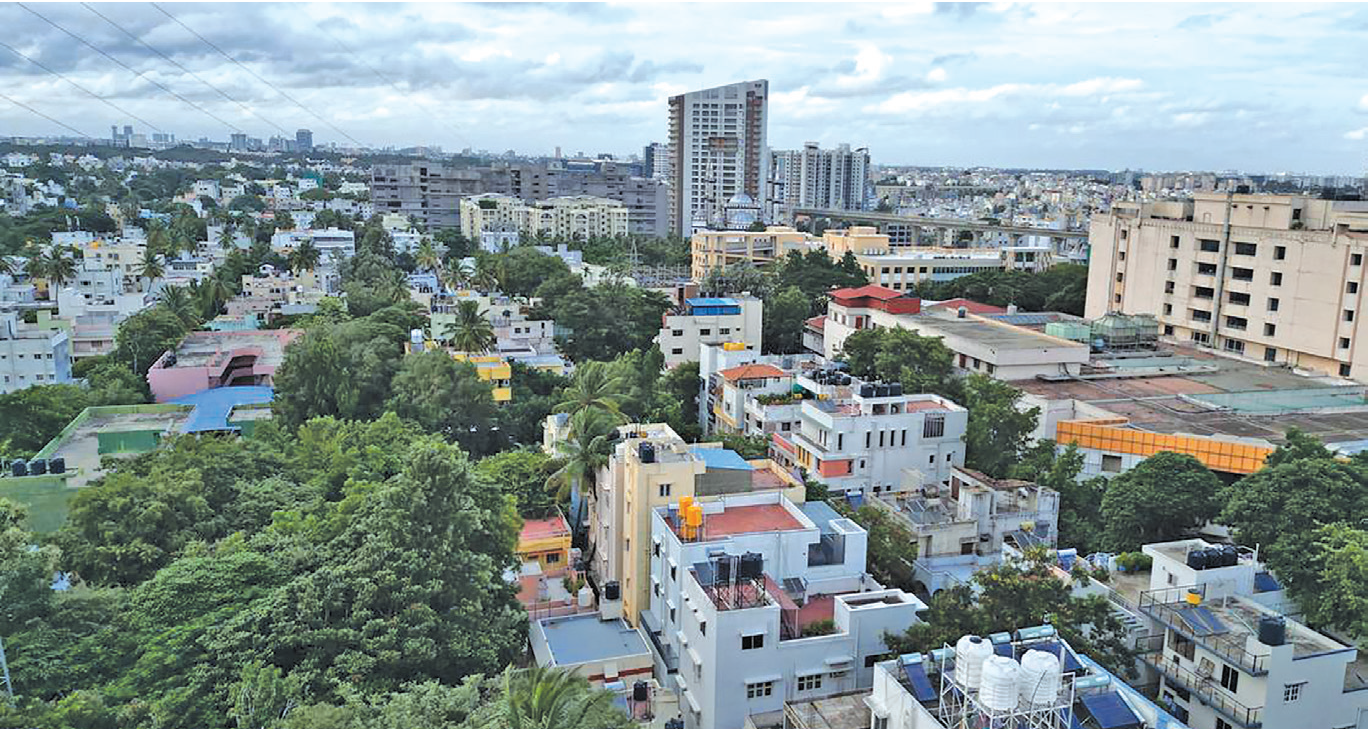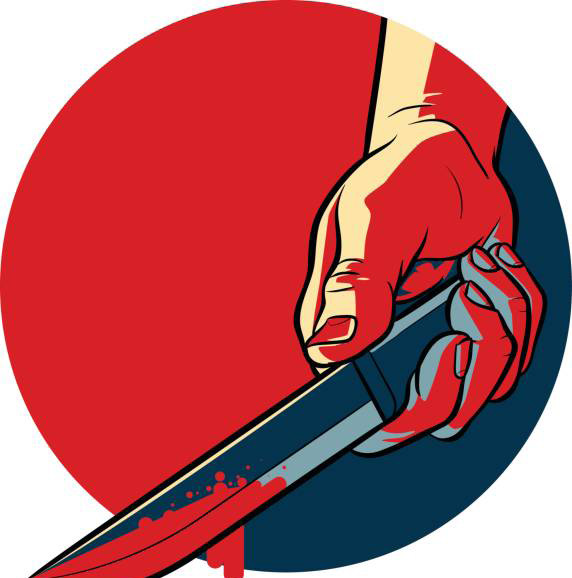
Nursing system on life support
As per the World Health Organization norm, three nurses are needed for 1000 people. However, India now has only three million nurses to cater to the country’s 1.3 billion people. One nurse has to look after 20 to 30 patients. With Omicron knocking at our doors, this is a situation we can ill-afford. Kumaran P reports.
India has over three million registered nurses and midwives, who are responsible for the country’s 1.3 billion population and this is much below than the World Health Organization (WHO) norm of three nurses per 1000 population, according to experts.
The country needs to add more than 4.3 million nurses by 2024 to meet the prescribed WHO norms, they added. These are some of the conclusions arrived at after a discussion - ‘Is India’s Nursing Infrastructure Ready for Another Wave’ , organised by ‘Think Change Forum’ (TCF), a think tank. Representatives from nursing bodies, institutions and academia, international NGOs and nursing practitioners took part in the discussion.
The participants also pointed out that the optimum Nurse-Patient ratio recommended by the Government of India and the Indian Nursing Council (INC) has not been implemented. As a result, one nurse has to look after 20 to 30 patients, which puts patients’ well-being at a huge risk, and makes the task of doctors difficult and frustrating.
Some of the speakers pointed out that though the challenges faced by nursing professionals have multiplied over years, there is hardly any involvement of nursing professionals in decision-making and policy framing. There is a crisis of leadership in India’s nursing cadres, which needs to be addressed immediately. Non-nursing professionals, who lack practical, day-to-day experience of the ground realities are grossly ill-equipped to take decisions on behalf of practicing nurses, they added.
The panel discussion underscored the need for an urgent review of current organizational and management structures for nursing positions at the Nursing Directorates in India and strengthening nursing management capacities. A special Nurses Human Resources Management System, a technologybased platform for maintaining live nurse and midwives’ register, a need-based assessment of the number of nursing institutions as per the population of the state are some of the other recommendations which need urgent attention of the policymakers.
Dr T. Dileep Kumar, President, Indian Nursing Council, highlighted the nursing leadership and impact of policy by nurses and said, “There is an urgent need to fill in the nursing cadre and positions to achieve an inclusive structure and adequate representation of nurses in policy making. Currently, there are either few or no fully functional directorates across the centre or states. While much progress has been made to recognize, strengthen and support nurses and midwives, much remains to be done to ensure their growth.”
Prof (Dr.) Roy K George, National President, The Nursing Association of India (TNAI), highlighted the problem of attrition in the nursing profession. He said, “India is a global supplier of nurses, despite their shortage within the country. The nursing and midwifery profession is witnessing a large-scale brain drain from the country due to poor salary, working conditions and absence of a proper career pathway, and outdated systems of professional governance. Despite forming a large part of the healthcare force, nurses and midwives continue to be short-staffed across the nation leading to poor nurse-patient ratio, increased workload, long working hours, double shifts which eventually leads to poor quality of treatment. If this trend continues, India’s healthcare infrastructure will be crippled and most hospitals in the country will have to close down in the next five years because of their acute shortage”.
Dr Bulbul Sood, Senior Strategic Advisor, Jhpiego highlighted, “Nurses and midwives play a vital role in providing health services and often they are the first and only point of care in their communities. Therefore, it becomes imperative that we enable them with the right support and build awareness, recognition and representation for the nursing and midwifery cadre in our country.”
 English daily published in Bengaluru & Doha
English daily published in Bengaluru & Doha






